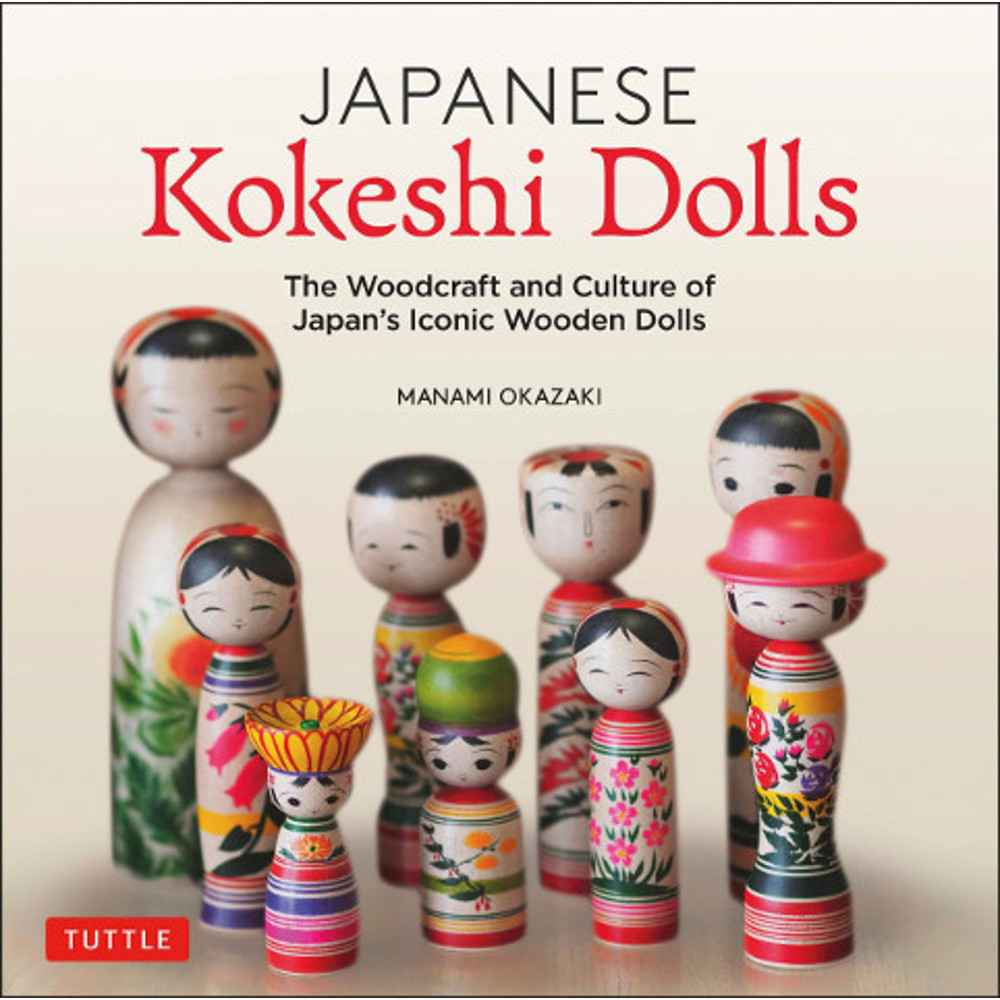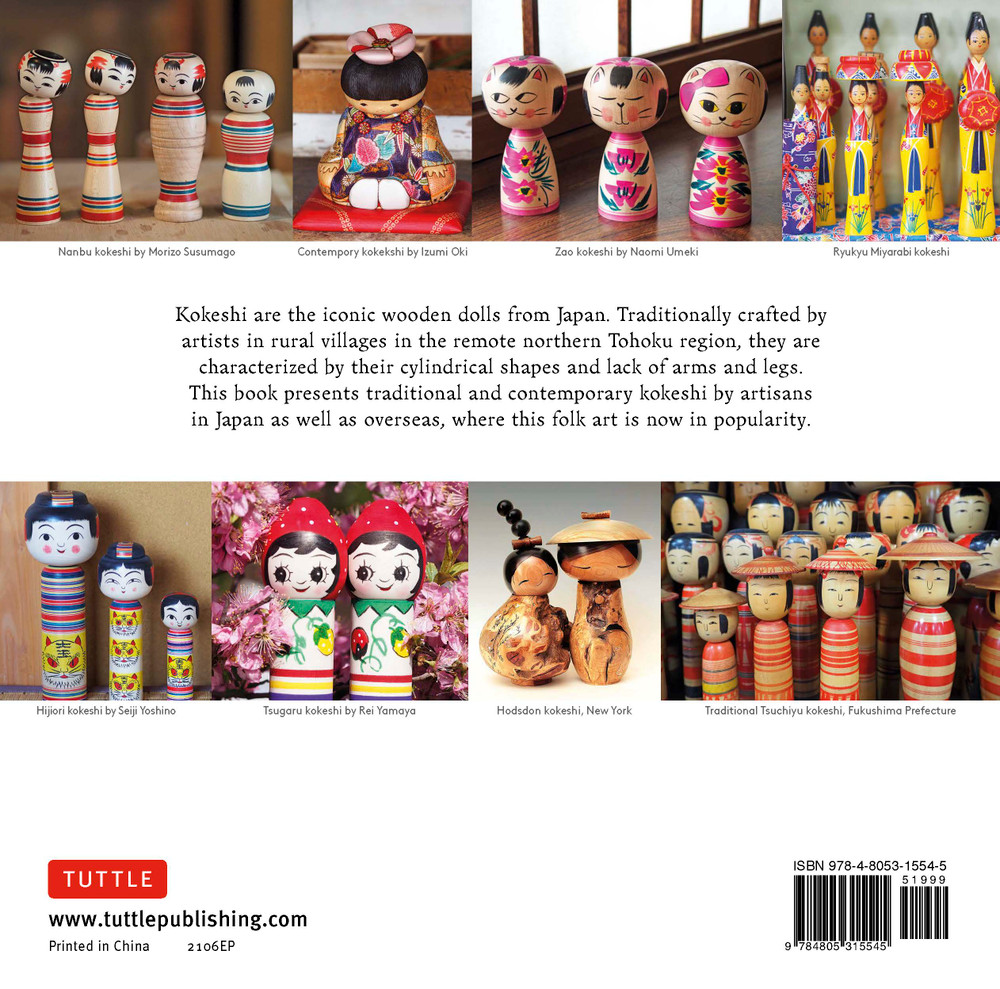An inside look at kokeshi dolls: from the skilled woodworkers behind their design to their important cultural significance.Discover the simplicity and charm of traditional Japanese Kokeshi dolls, known for their cylindrical shape and distinctive absence of arms and legs. Originally crafted as children's toys in Japan's Tohoku region, these dolls have evolved into sought-after collector's items, inspiring renowned architects and artists worldwide.
In this visual guide, readers will find:- An overview of the various Kokeshi doll types
- How kokeshi dolls are crafted, including information on tools and woods used
- Interviews with leading kokeshi craftspeople worldwide
- Detailed information on both traditional and modern Kokeshi dolls
- An exploration of the cultural significance, both historically and in the post-earthquake and tsunami rebuilding efforts of northern Japan in 2011
- A guide to visiting Japan's kokeshi regions
- Tips on purchasing these dolls directly from Japanese artisans or through global stockists
Filled with artist interviews, gorgeous photos and firsthand travel experience, author Manami Okazaki has created a book to be enjoyed by all — from serious collectors to woodcrafters, interior designers, architects, armchair travelers and anyone with an interest in Japanese culture and travel.
About the Author:Manami Okazaki has published twelve books on Japanese culture. Her articles have been featured in the
Japan Times,
Wall Street Journal,
The Guardian,
South China Morning Post,
Lonely Planet,
Transit and other global media. She has collected and written extensively about kokeshi and the Tohoku region for over ten years. She was active in volunteer and charity work in the aftermath of the 2011 Tohoku earthquake and tsunami, curating Kokeshi events in London, Paris, Rome and Los Angeles with a mission to help the people of Tohoku.










